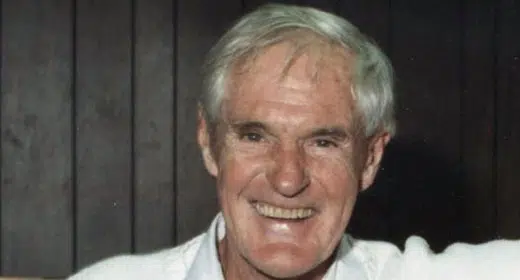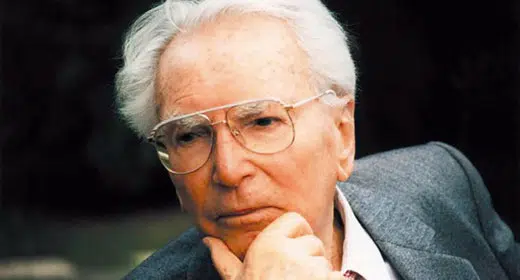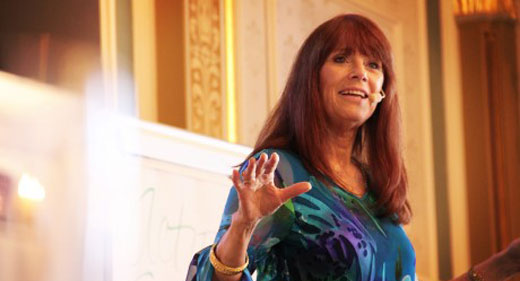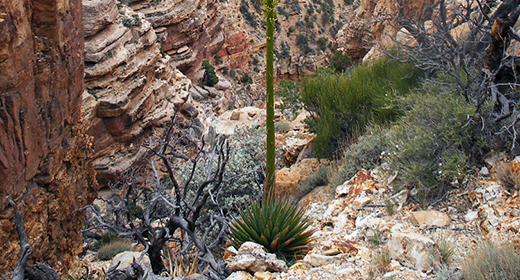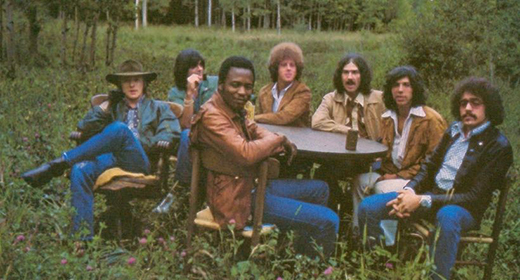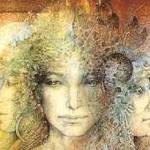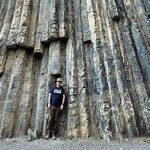by Kara-Leah Grant, There is a simplicity in the teachings of Gangaji that underscores the paradox of the spiritual journey  – she teaches that the truth of who we are is already free and at peace, and that it can be discovered by simply ending one’s search.
– she teaches that the truth of who we are is already free and at peace, and that it can be discovered by simply ending one’s search.
Like the effortless effort that arises when we switch from doing a yoga pose to being a yoga pose, the search for enlightenment ends when we realise there is nothing to search for, nothing to become, for we are already there.
For Gangaji, born Merle Antoinette Roberson in Texas in June 11, 1942, that search ended on the banks of the Ganges in 1990. An encounter with a teacher called Papaji, Sri H.W.L. Poonja, changed her life, and ended her search for fulfillment.
Since then, she’s been traveling the globe sharing her message with audiences of all kinds. Now she’s coming to New Zealand. Check out the end of this interview for full details of where she’s speaking.
1.The path of Yoga is the path of self realization- Would you describe yourself as a fully realized human being and if so what does this mean? If not how would you describe yourself. Is there a self left to describe?
I describe myself as one with the totality of all being, “human” being one aspect of myself. I experience myself as a fulfilled human, as nothing at all, as everything, and as a particular individual with a personality, moods, states of mind, etc. I know myself to be the mystery of all life and the awareness of that mystery.
The essential is that fulfillment is my nature, whatever I may be experiencing at any given time. I can experience joy or sadness and still I am fulfilled. I am fulfilled because I have discovered the ground that this “I” appears and disappears in is always here, always shining, always aware.
2.What is it we need to do to become self realized?
Ramana Maharishi said that the last obstacle to realization (lasting fulfillment) is self-doubt. When you believe thoughts of limitation, you locate yourself in a body that is destined to die. This belief causes suffering of all kinds, and it can be discovered to be simply a thought. When our attention is on limitation, self-doubt follows.
My invitation is to stop believing any thought, to be still. We are trained to believe that thoughts are reality, but they are the filters of reality. Thoughts are our attempt to make sense of or to control reality. Thoughts are beautiful or horrible, helpful or hurtful, grand or stupid; but they are not real. Reality is before any and all thoughts, during any and all thought, and after any and all thought. Reality is the truth of who you are, not what you tell yourself you are. When you take a moment to let your attention fall into the space that is always here, there is no self-doubt, there is no one needing anything.
3.How can everything be perfect- if indeed it is perfect with so much suffering in the world?
I don’t consider “everything” to be perfect. The nature of all “things” is to be imperfect. All things appear, change, and disappear. (“Things” being bodies, events, thoughts, emotions, etc.) What is perfect—free of anything and at the same time always present regardless of anything—is the spacious awareness in which all things appear. This absolute reality, satchitananda, permeates all. It can be recognized as who you are.
4.Do people really hear you, or are you just another stop on the endless round of searching and seeking answers outside ourselves?
If they do hear me, they hear that inside and outside, like freedom and suffering, like you and me appear in the truth of oneself.
The spiritual search mysteriously and miraculously arises so that we can discover what is by its nature free and fulfilled. Since we are used to looking “outside” ourselves for nourishment and protection and pleasure, we begin the spiritual search seeking outside ourselves. At some point someone points us inside. When we fall all the way inside, we discover these definitions to be inadequate. We discover all definitions to be made of thought, useful in some domains, but utterly inadequate in reality.
5.Who are we truly and how do we come to know this?
We are conscious space. We are the formless awareness that animates form. We are life itself, in which both birth and death appear and disappear.
We come to know this when we are willing to take a moment and stop, when we are willing to be still. In such a moment we can discover what is here under all our searching and striving. We can discover what has been pushing and pulling us to know ourselves as we truly are.
The fulfillment of life is alive and awake inside you. All that is needed is to turn your attention toward it and recognize it as your own self.
An internationally renowned teacher and author, Gangaji is dedicated to the recognition of peace and freedom inherent in the core of all being. During the course of these events she will share her essential realization, and offer full support and guidance for your discovery of lasting peace and fulfillment.

